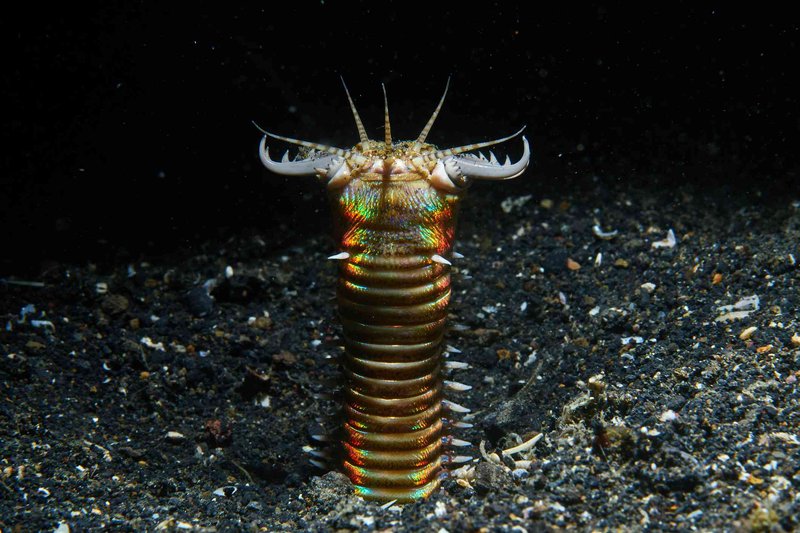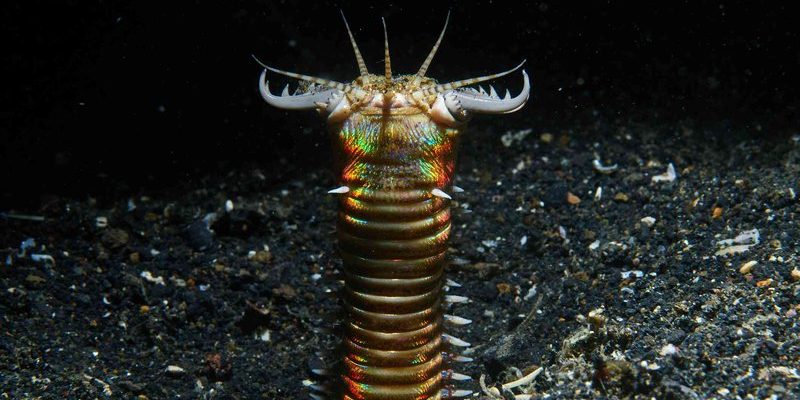
Quarantining isn’t just a precaution—it’s a necessary step to safeguard your aquatic ecosystem. Just like you’d wash fruits and veggies before eating them, live rock needs a bit of TLC too. By isolating it for a while, you can spot any unwanted hitchhikers like the Bobbit worm before they get comfy in your tank. Let me explain how to do this effectively so that your aquarium remains a safe haven for your fish and coral.
What Is Quarantine and Why Is It Important?
Quarantine is like a waiting room for your new live rock. It’s a separate space where you can observe the rock without putting your entire aquarium at risk. Think of it as a health check-up before the rock joins the rest of your aquatic family. By quarantining, you’re allowing any hidden pests, including the notorious Bobbit worm, to reveal themselves.
Why does this matter? Well, once established, a Bobbit worm can wreak havoc on your ecosystem. They can grow quite large and predate on smaller fish, leading to chaos in your aquarium. By quarantining your live rock, you’re giving yourself time to address any infestations. It’s all about prevention, making sure that your beautiful setup remains peaceful and harmonious.
How to Set Up Your Quarantine Tank
Setting up a quarantine tank doesn’t have to be complicated. Here’s a simple process to get you started:
- Tank Size: A 10- to 20-gallon tank is typically sufficient for quarantine. It doesn’t need to be fancy; even a basic tank works.
- Filtration: Use a sponge filter or an air pump to keep the water quality up. Good filtration is key for maintaining a healthy environment.
- Water Conditions: Make sure to match the temperature and salinity of your main tank. This helps reduce stress on the live rock and any critters that might be hiding.
- Lighting: You don’t need bright lights. A simple LED light will suffice for this short-term setup.
Once your quarantine tank is ready and the water conditions are stable, you can move on to the next step—placing the live rock inside.
Placing Live Rock in Quarantine
Now that you’ve set up your quarantine tank, it’s time to introduce your live rock. Handle it carefully to avoid any damage. You want to create an environment where any potential pests can be spotted easily.
Tip: When placing the rocks, try to arrange them in a way that allows for good water flow. This not only keeps the rock clean but also makes it easier to spot any unwanted hitchhikers.
Once your live rock is in place, you’ll need to observe it closely over the next few weeks. Keep an eye out for any signs of Bobbit worms or other pests. They can often be hidden within the crevices of the rock, so take your time.
Monitoring for Pests During Quarantine
During the quarantine period, it’s essential to be vigilant. Here are a few things to look out for:
- Movement: Bobbit worms can be elusive, often remaining hidden until they feel threatened. Watch closely for any movement in the rock’s crevices.
- Behavior: If you have any snails or small shrimp in the quarantine tank, their behavior can give clues about potential issues. If they seem unusually stressed, it might indicate the presence of a predator.
- Physical Signs: Look for any visible signs of Bobbit worms, such as small, segmented bodies or debris around the rocks.
Being thorough during this phase is crucial. It may feel tedious, but it’s well worth it in the end. The last thing you want is to introduce a pest into your main aquarium!
How Long Should You Quarantine Live Rock?
The standard recommendation is to quarantine your live rock for at least two to four weeks. This timeframe allows you to monitor for any pests and adjust the environment as needed. Here are a few tips to help during the quarantine:
- Daily Checks: Make it a habit to check your quarantine tank every day. Observing changes daily helps catch issues early.
- Change the Water: If you’re keeping the rock for a longer period, consider doing partial water changes to maintain optimal conditions. This helps keep the water clean and reduces the risk of any buildup of harmful substances.
- Look for Pests: Regularly inspect the rock for signs of life. If you spot something suspicious, do some research and consider how to deal with it before introducing the rock to your main tank.
By staying proactive, you’re setting yourself up for a successful integration once the quarantine period ends.
What to Do If You Find Bobbit Worms
If, during your quarantine, you discover a Bobbit worm, don’t panic. There are a few options on how to handle this situation:
- Removal: If it’s small, you may be able to manually remove it. Wearing gloves, gently extract it and dispose of it properly. Be careful, as they can bite!
- Traps: You can set up traps specifically designed for worms. Many aquarists have success using a simple bait trap to catch them.
- Isolation: If the infestation is severe, consider isolating the rock until you can treat it. This prevents the worm from spreading to your main tank.
Taking swift action is crucial to prevent further issues down the line. Remember, a little bit of vigilance now will save you a lot of headaches later.
Quarantining live rock isn’t just a step—it’s a vital part of maintaining a healthy aquarium. It protects your aquatic friends from hidden threats like Bobbit worms and ensures a peaceful environment. By setting up a quarantine tank, monitoring carefully, and knowing what to look for, you’re taking charge of your aquarium’s health.
So, next time you bring home live rock, remember the importance of this simple but effective practice. Happy aquascaping, and may your underwater world thrive!

